By Bev Hermanson
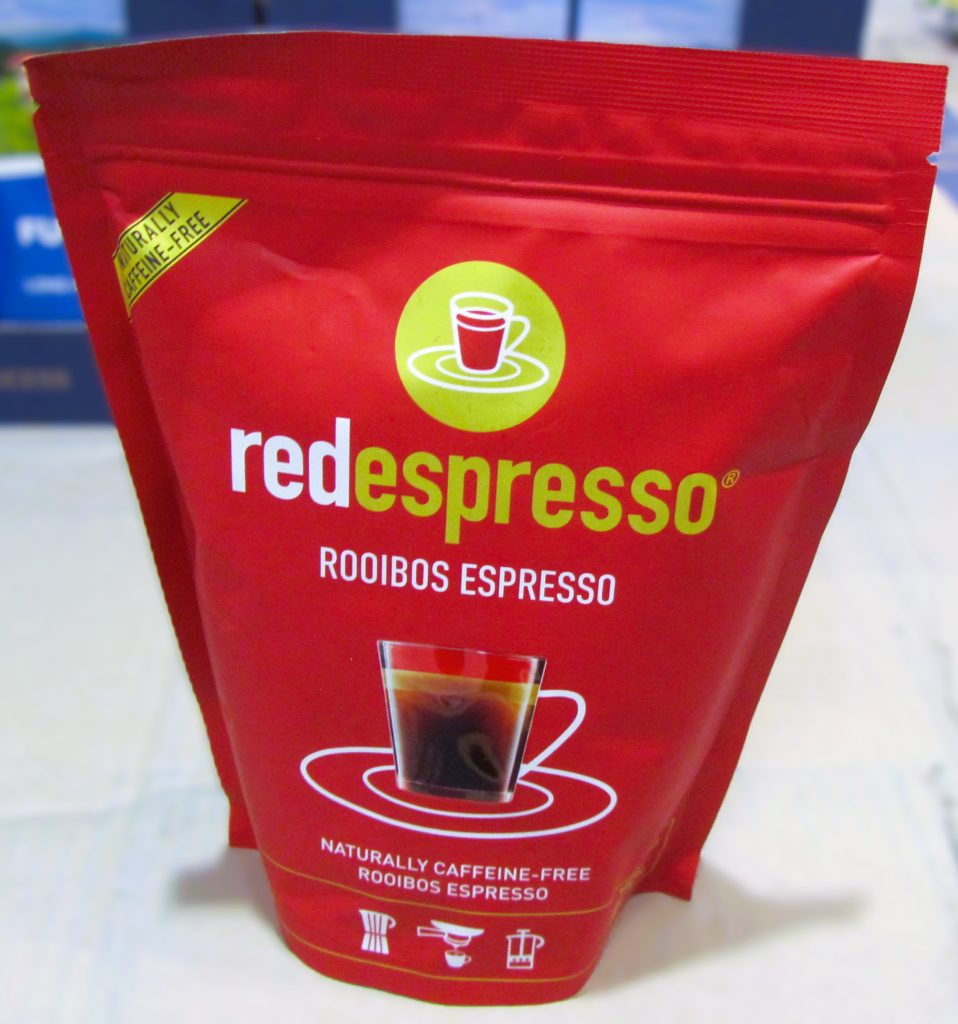
Invented and trademarked by Louis Doyen back in the 1960s, the Doypack has become a universal form of flexible packaging worldwide.
As CEO of Thimonnier, a French company that manufactured packaging equipment, Doyen’s quest was to provide a flexile packaging solution for food manufacturers – one that would preserve the freshness and texture of the contents.
However, as the invention was protected by a patent, there was a slow response from the marketplace and it was only post-2004, when the patent expired, that the use of Doypacks grew exponentially. Now, wherever you go, you’ll find them on supermarket shelves, in pharmacies, pet stores, hardware stores and just about everyone’s pantry.
WHAT EXACTLY IS IT AND WHY IS IT SO POPULAR?
In essence, the Doypack is a stand-up pouch that has fairly rigid front and back panels sealed along the sides and a gusset at the bottom that provides a stable base once the pouch is filled with product. The pouches are normally supplied flat, with the gusset forming a w-shape between the two outer sides.
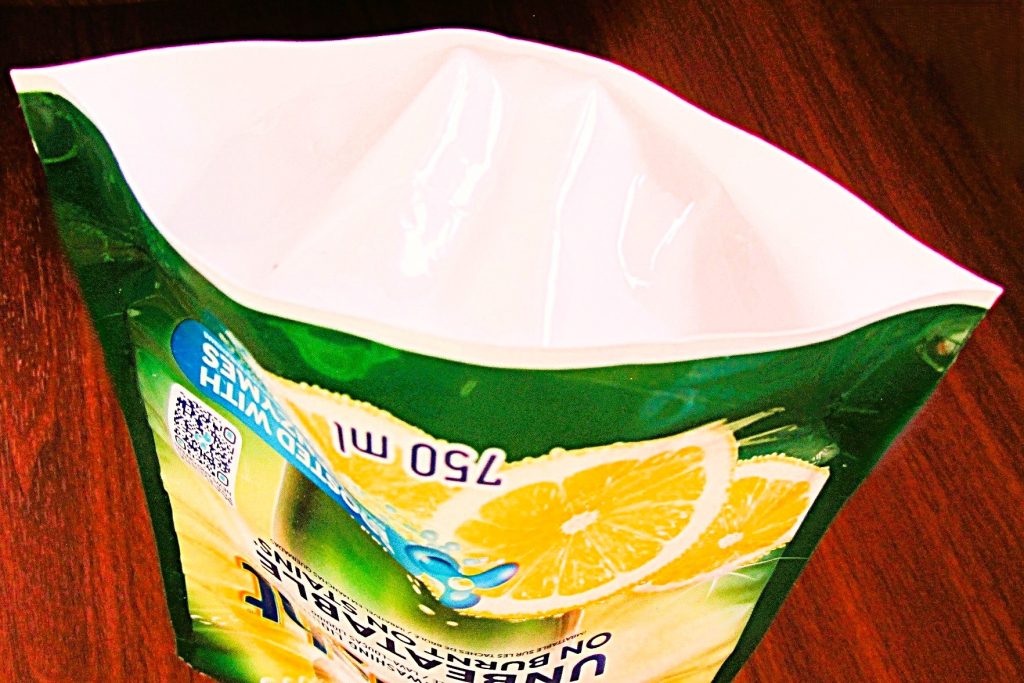
It’s actually the tops of the pouches that give this design the greatest versatility.
Many large pouches, such as the ones with square bottoms that contain dried dog food, might come with a ziplock and a top seal. Strip away the top seal and after the contents are dispensed, the package can be resealed using the zip lock.
Another resealable option is the screw top that’s often used for cold drinks, baby food and liquid soap refills.
SOUTH AFRICA LEADS THE WAY
One of the first uses of Doypacks in South Africa was the packaging of olives for export.
For the local market, well-known foodie, Ina Paarman, and her son Graham chose the Doypack for their sauces that they introduced through Woolworths.
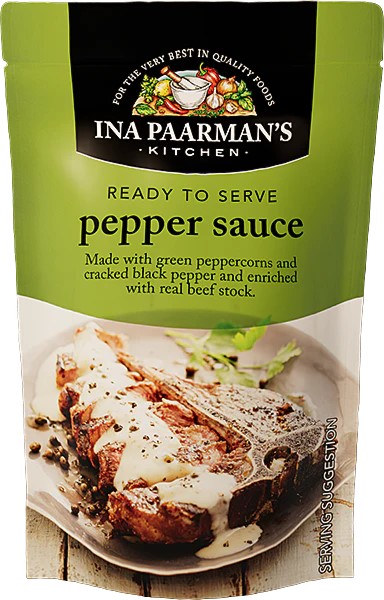
Initially, they used a plain see-through material for the sides, with pressure-sensitive labels for the branding and instructions. As time went on, the composition of the pouches became more sophisticated and you’ll now see many of their Doypacks incorporating a metallic layer as well.
WHAT ARE SOME OF THE ADVANTAGES OF DOYPACKS?
- They are supplied flat, saving space during transportation to the manufacturer.
- They are not as heavy as some of the more rigid containers, such as glass and metal.
- They don’t need ‘secondary’ packaging such as an outer sleeve or outer box.
- They can include materials that block out UV light.
- They can hold liquids, powders and solids, making them ideal for a wide range of applications, such as foods, beverages, health products, cosmetics, pharmaceuticals and even some industrial chemicals.
- They can be printed with multicoloured designs to improved the visual appeal of the products.
- The resealable caps and ziplocks allow multiple dispensing of the products.
- Airtight storage also helps to extend the shelf life of some of the products.
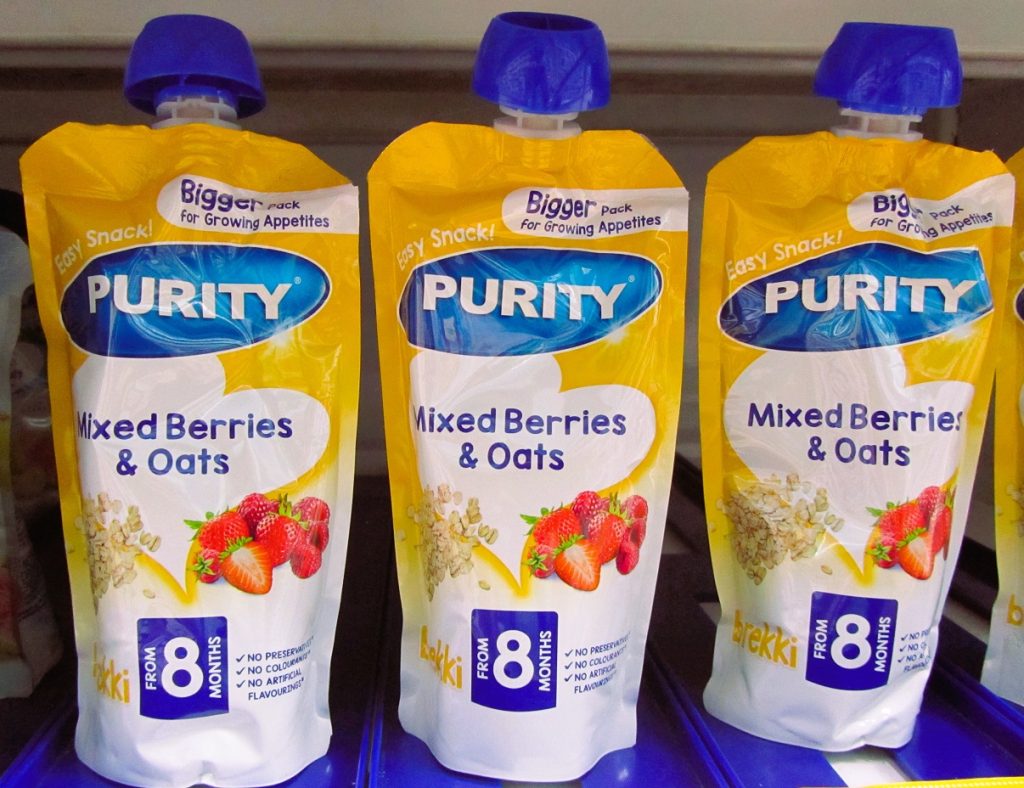
ARE DOYPACKS RECYCLABLE?
Doypacks made from a single material, such as polyethylene (PE) or kraft paper combined with a heat-sealable synthetic material may be recyclable. But as soon as the construction becomes multi-layered, such as a lamination of foil between plastic layers, it becomes too expensive, if not impossible, to recycle the end product.
In the case of Doypacks having to be sent to landfills, the only upside is the fact that Doypacks compress well and therefore take up less space.
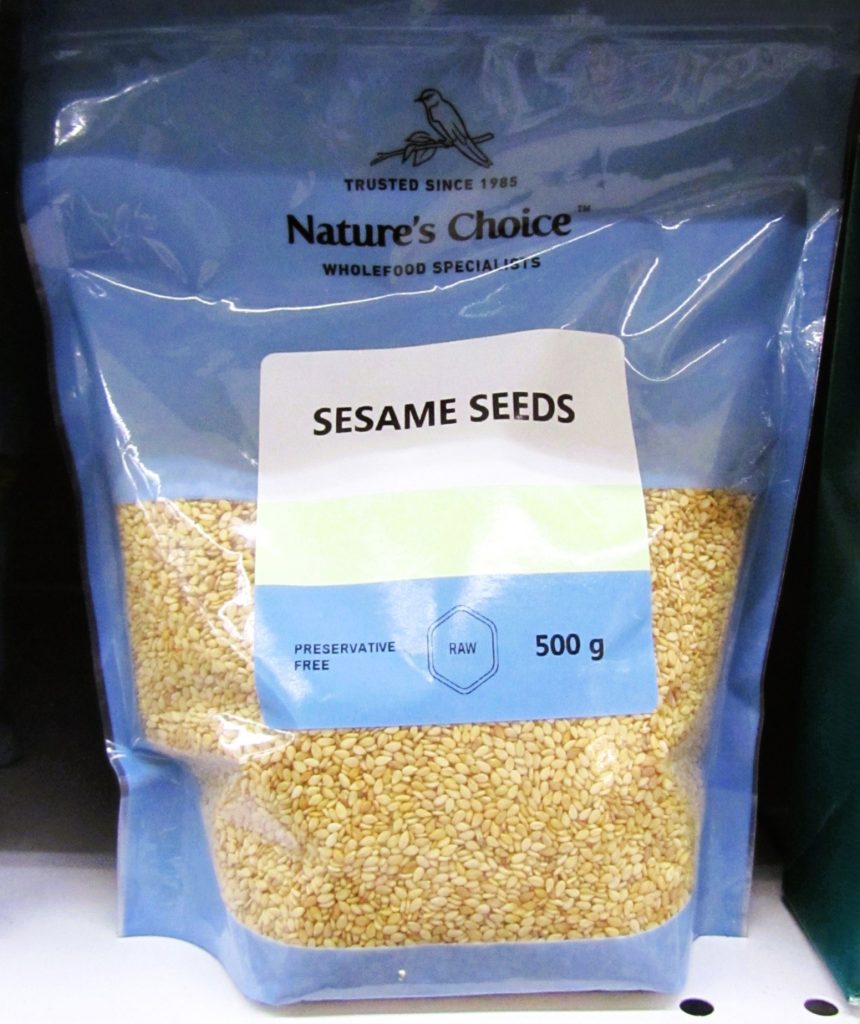
One can imagine that, in the early days of plastic packaging, innovators such as Louis Doyen did not think as far as the end of his creation’s life cycle. Now that plastic waste has become an absolute scourge, perhaps the best solution is to ship these sophisticated products back to their originators?
Let them provide the solutions to the plastic pollution impasse?

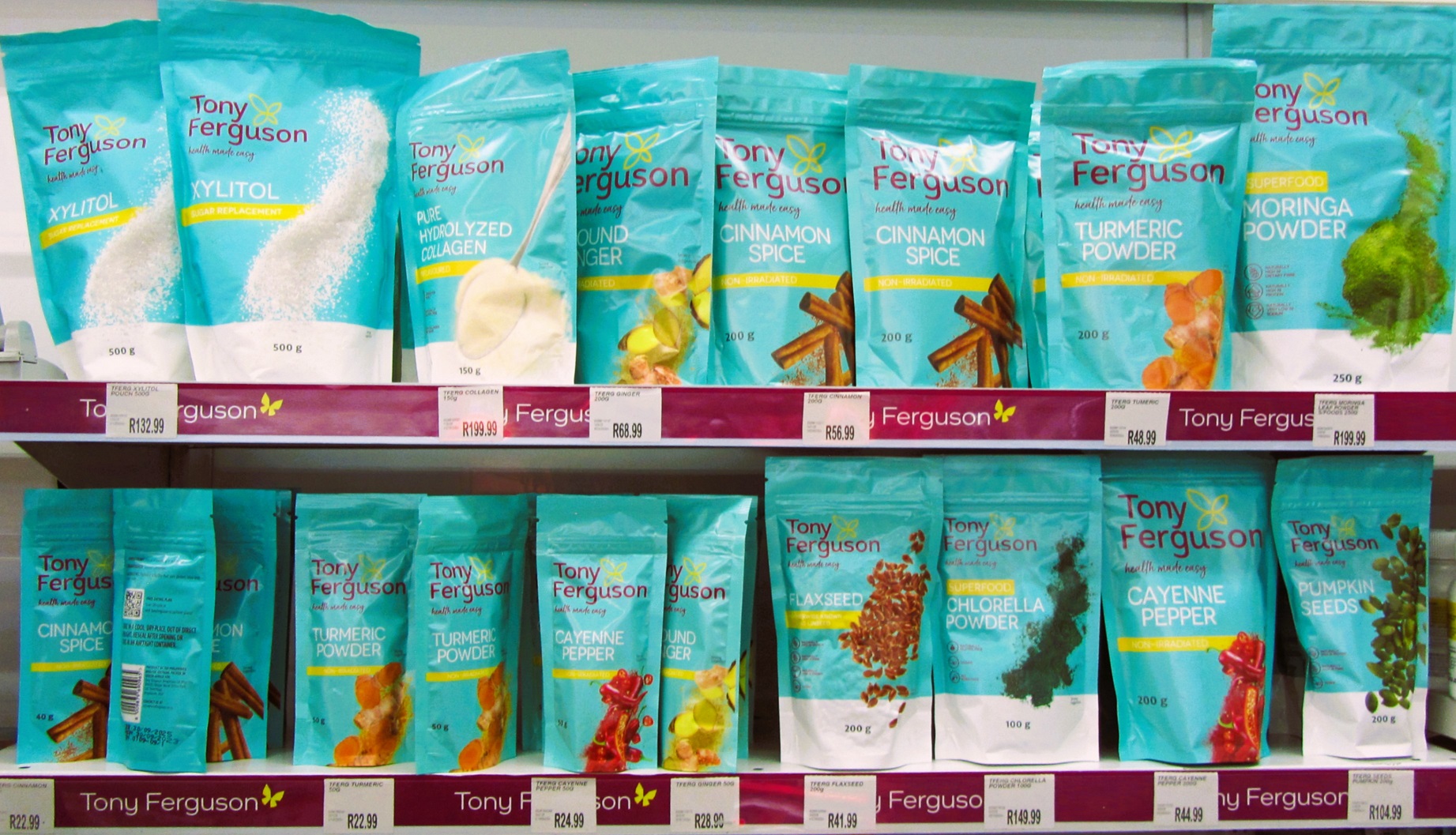
Leave a Reply